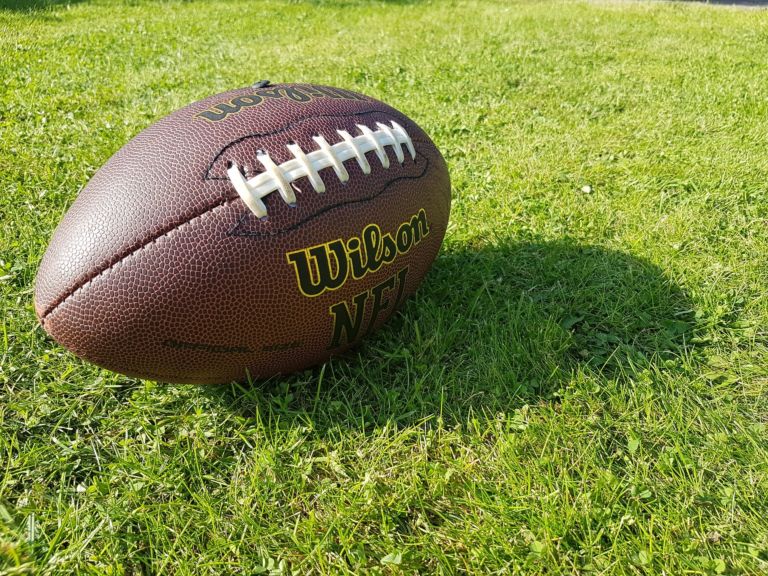For starters, here’s the problem the Charlotte Area Transit System faces:
CATS is contending with the same nationwide decline in ridership that’s hit transit systems from the New York City subway and the Washington Metro to the San Francisco bus and train systems. Officials have cited low gas prices, falling unemployment, gentrification that displaces riders and the rise of Uber and Lyft as possible factors, but also admit there’s no single cause they can identify.
So CATS is trying to lure more riders, but the Observer article focuses on the riders who will be adversely affected by the proposed spiderweb route system as opposed to the current hub-and-spoke system. Bottom line here is bus riders will be able to get to their destination more quickly once they’re on the bus. But they’ll have to work harder to get to the bus:
By shifting more routes off neighborhood streets and onto main thoroughfares like Tryon Street or Park Road, buses can run more frequently and quickly. But that means riders might have to walk longer to get to their stop, if their former neighborhood stop is no longer served.
For example, Route 16 now runs along Tryon Street for its whole length, down to Steele Creek, eliminating side trips into neighborhoods. That makes it faster, but has also eliminated bus stops in Whitehall Commons, a shopping center, and Southside Homes, a Charlotte Housing Authority development.
One rider impacted by CATS’ changes is Alberta Alexander, who works nights at a restaurant. Her bus stop on a residential street near Tuckaseege Road has been eliminated by the changes.
“It’s my only transportation,” she said. “If I do not drive, and they’re changing these buses and changing these routes, I have no other option.”
I guess CATS is just now figuring out that most bus riders are not transferring to the Blue Line light rail service, “despite the flash and publicity that come with new trains.”


